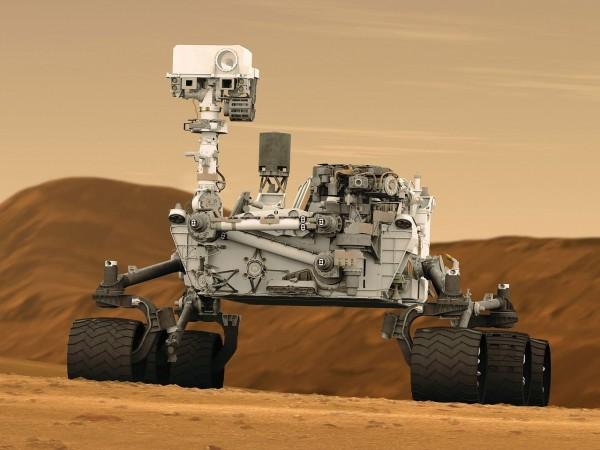
That India was planning to launch Chandrayaan-2 – its second unmanned mission to the moon – in 2018 has been known for quite some time now. However, what has now been announced is that this mission will deliver a lunar rover on Earth's only natural satellite. It has also been reported that after the success of the Mars mission, India is now planning a mission to Venus.
Also read: How India plans to break Russia's record by launching 104 satellites at one go; NASA had sent 29
New lunar rover
Union Minister of State for Atomic Energy and Space, Jitendra Singh, said in a written reply to a question in the Lok Sabha on Wednesday that the Indian Space Research Organisation (ISRO) was "planning to deploy a rover on the lunar surface in the Chandrayaan-2 mission."
According to a statement from the Department of Space, he said in the Lok Sabha: "The Chandrayaan-2, India's second mission to the Moon, is a totally indigenous mission comprising of an Orbiter, Lander and Rover. After reaching the 100-km lunar orbit, the Lander housing the Rover will separate from the Orbiter. After a controlled descent, the Lander will soft land on the lunar surface at a specified site and deploy a Rover."
He added: "The six-wheeled Rover will move around the landing site in semi-autonomous mode as decided by the ground commands. The instruments on the rover will observe the lunar surface and send back data, which will be useful for analysis of the lunar soil. Collection of soil and rock sediments is not planned in this mission."
Mission to Venus
Singh, in another written reply in the Lok Sabha on Wednesday, said that given the success of the Mangalyaan, which ISRO managed to get to Mars at a fraction of the cost of US space agency NASA, India was also planning a mission to Venus, which is in the other direction from Mars.
The Department of Space quoted him as saying in his reply: "After Chandrayaan-1 and India's first interplanetary mission 'Mars Orbiter Mission', the feasibility of future inter-planetary missions to Mars and Venus are under discussion and presently a study team is exploring various options and opportunities for such missions. Based on the recommendations of the study team, a plan for realising future interplanetary missions will be considered."

















